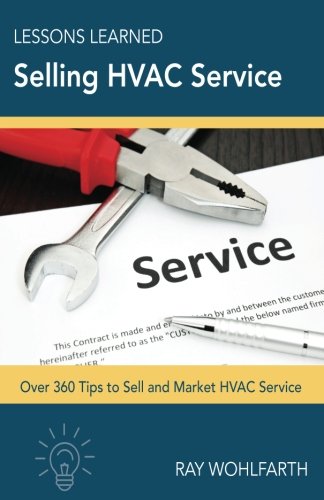Service factor is a multiplier that is applied to the motor’s normal horsepower rating to indicate an increase in power output (or overload capacity) that the motor is capable of providing under certain conditions. Common values of service factor are 1.0, 1.15, and 1.25. Any service factor greater than 1.0 must be indicated on the motor nameplate; in some cases the running current at service factor loading is also indicated on the nameplate as service factor amperes or SFA.
In the above description, it’s the “certain conditions” where problems may occur. The service factor is not intended as a general increase in the motor horsepower rating. In most cases, a 10-hp motor with a 1.15 service factor should not be treated as an 11.5 -hp motor and is not considered acceptable for application to a pump or fan expected to operate continuously at 11 brake hp. Let’s examine the reasons for this.
Standard Operation
In our earlier discussion, we indicated that the National Electrical Manufacturer’s Association (NEMA) standard for motors, NEMA MG-1, establishes the operating conditions required for proper performance and normal life expectancy of ac motors. Motors are designed to deliver their rated horsepower under voltage variations of ± 10% of rated and frequency variations of ± 5% of rated. The combined variation of voltage and frequency is limited to ± 10%. When operated within these limits, with shaft load at or less than rated, the motor current and winding temperatures will remain within rated values, and normal motor life can be expected.Service Factor Operation
NEMA MG-1 also defines the limits for operation of an ac motor within the service factor range. The first of these is that rated voltage and frequency must be maintained — the normal tolerance on these values is lost. The loss of the frequency tolerance is usually an insignificant factor, as most facilities are connected to the utility grid and experience very stable frequency. Utility voltage, however, is not as stable as frequency and many facilities may experience occasional periods of low voltage during peak load periods due to utility voltage variation coupled with in-plant voltage drop. Under these conditions, a motor driving a load within its service factor rating may experience an unacceptable increase in current and temperature.Other considerations of operation in the service factor range directly affect motor life expectancy. The motor is permitted under the standard to operate at a 10˚C higher winding temperature rise under service factor load than under its normal rated load. The primary factor in normal aging and failure of electrical insulation is temperature, with a rough rule of thumb being that life expectancy is halved for each 10˚ increase in operating temperature. Thus, continuous operation at service factor load can be expected to a higher rate of motor failure due to insulation breakdown. The increased load may also reduce bearing life. Finally, the efficiency, power factor, and speed of the motor at service factor load may vary from their values at rated load. Efficiency can typically be expected to decrease.


